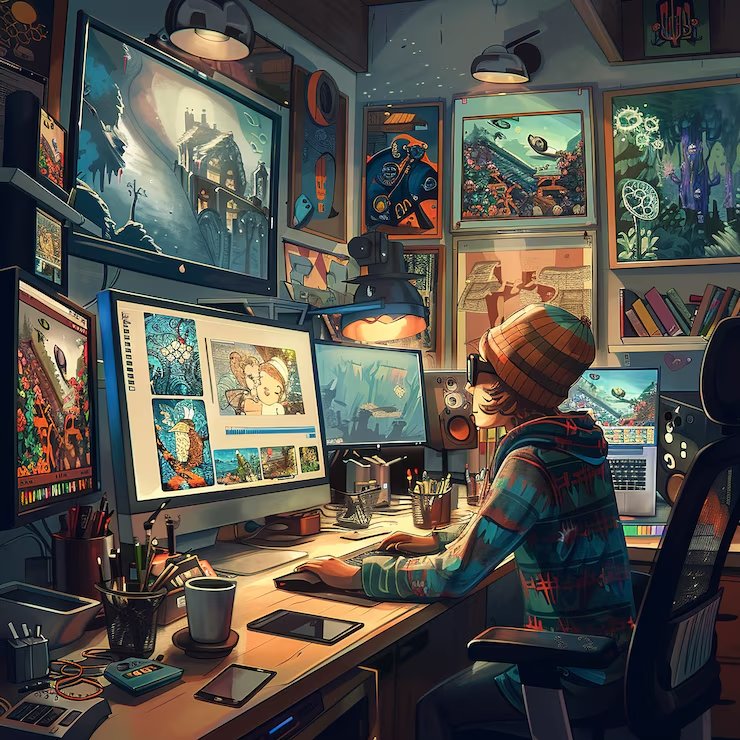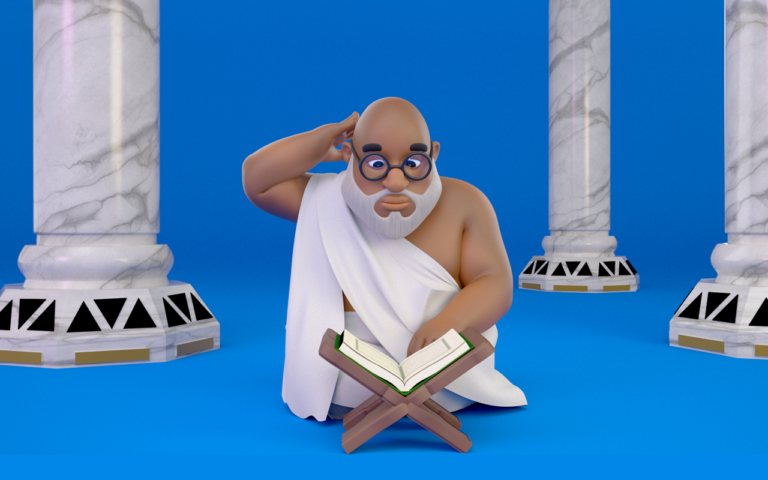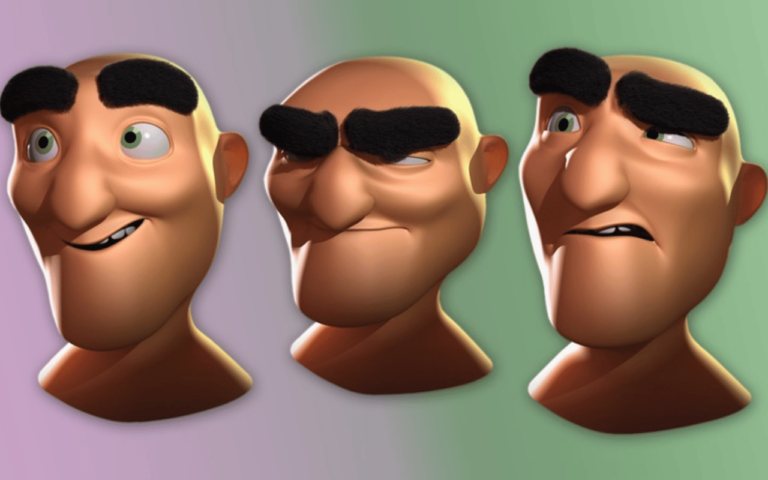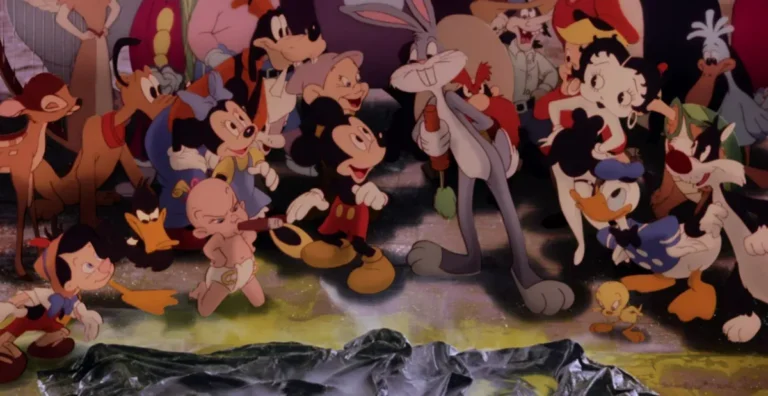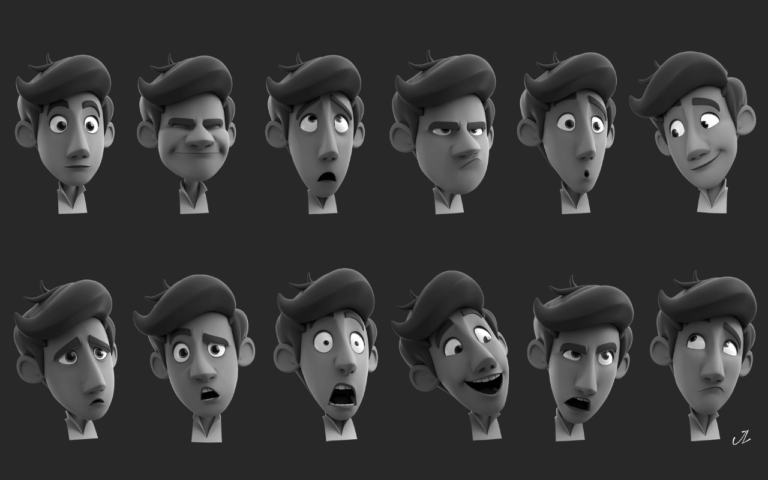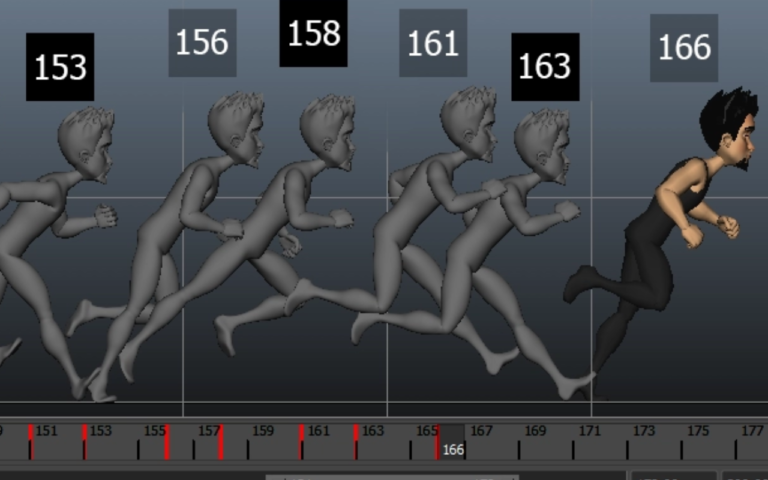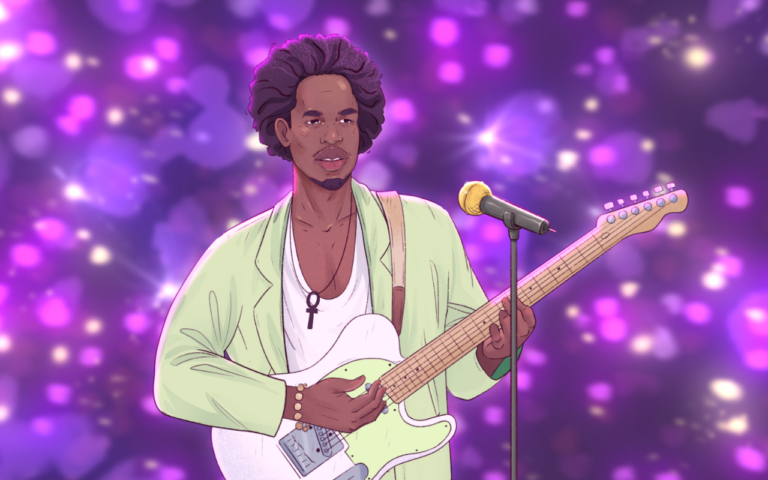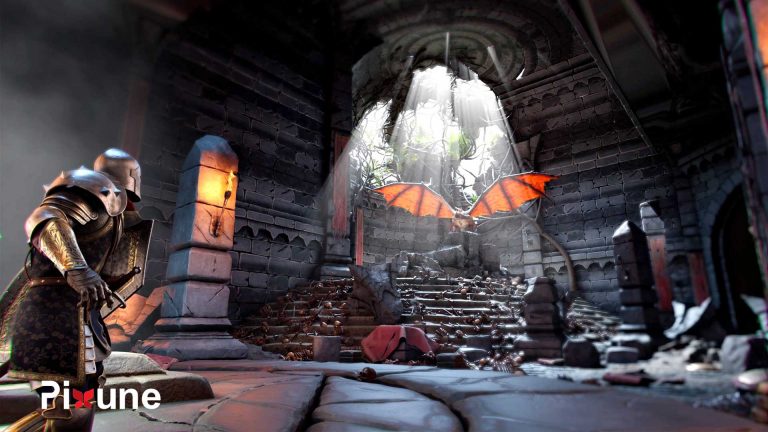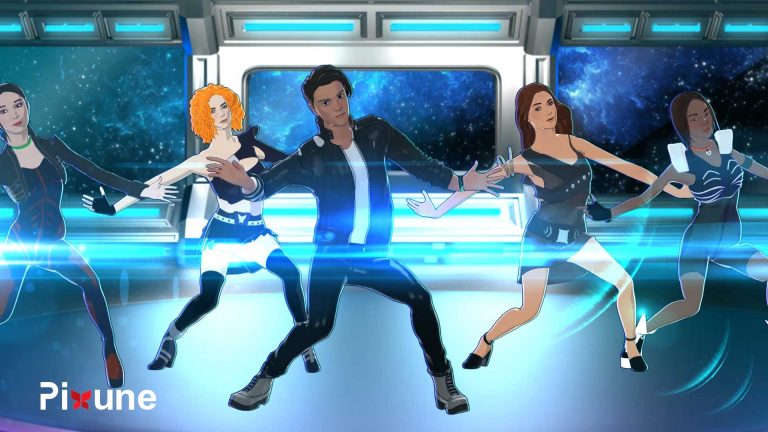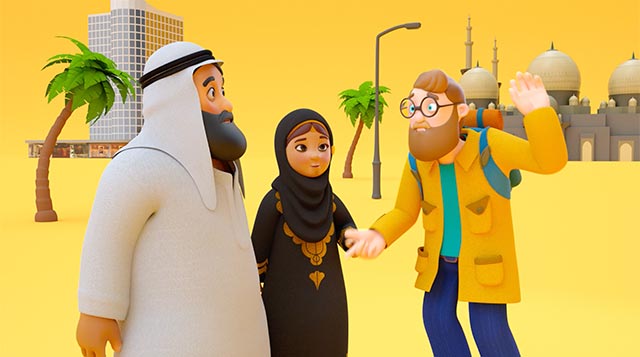Think of your favorite fantasy film or video game, one with stunningly realistic alien planets, cutting-edge machinery, or distinctive creatures. Ever wonder who designs and produces those elements? That is a concept artist’s responsibility. The entire artistic vision for a project is shown through concept art. We sometimes tend to concentrate on the design process when creating animation, completely ignoring one of its most important stages: concept art.
What Is Concept Art?
Concept art falls between the first idea for a project, like animation, and the final product. A concept art studio or artist develops a design for a project element from the basic idea, such as a character, weapon, vehicle, structure, or setting. The concept art process is creating an idea that aims to show the visual sense of the project and serves as a reference for illustrators and animators in the whole design process by laying the foundation for your animation design.

History of Concept Art
Background
Although the term “conceptual art” wasn’t introduced until the 1960s, the movement’s roots can be found in 1917, when Marcel Duchamp, who was on the selection committee for a New York open sculpture exhibition, was charged with buying a urinal from a plumber’s shop and submitting it as a sculpture. Henry Flynt, an artist and philosopher, first used “concept art” in 1961 when he referred to his performance pieces as conceptual artworks. Still, it wasn’t until the late 1960s that Conceptual Art came to be recognized as a distinct trend.
Walt Disney
One of the first producers to employ concept artists was Walt Disney. Disney hired Mary Blair to do concept artwork for “Cinderella,” “Alice in Wonderland,” and “Peter Pan” in the 1950s. The colorful, fantastical settings and characters that the Disney film franchise is known for were created by various creative artists over the years.
Projects that aren’t fully animated but have fantasy features that don’t exist in reality also use concept art. For instance, George Lucas employed concept artist Ralph McQuarrie to produce the paintings of robots, spacecraft, and other worlds that eventually inspired “Star Wars.” Fantasy character concept art was essential for this popular franchise to produce the beloved animations and films that so many people have grown to love.
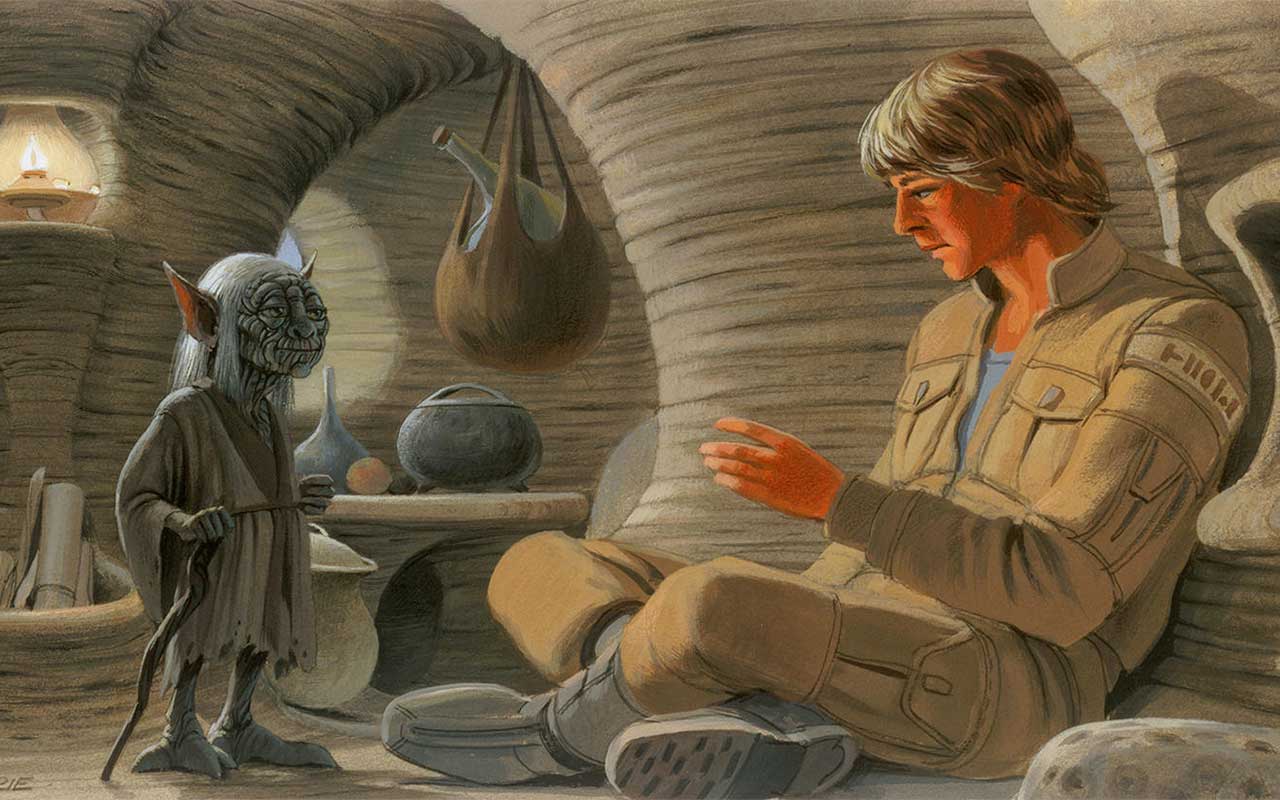
Why Is Concept Art Important?
Hundreds to thousands of different artists may work together to produce the final output on projects like animated movies. Creating concept art guarantees that all the artists are on the same page before they begin working on their own part of the project. Concept art is certainly the most crucial stage in creating characters and settings for visual media. It can convey the whole tone and concept of the work in addition to just being visually attractive.
Without concept art, an animation misses the essential visual blueprint that will ensure its success; so concept art is one of the most important steps in 3D animation production pipeline. You risk bringing irregularities into the project if you don’t do this. Just consider how two artists would likely interpret a character’s physical description differently, even if it were described in the script. They would develop into two entirely different characters if you let them go on their own, causing an expensive revision to make the character consistent throughout the project. One coherent artistic vision will ensure everyone is working toward the same goal.
Read More: The Importance of Concept Art

Concept Art Examples

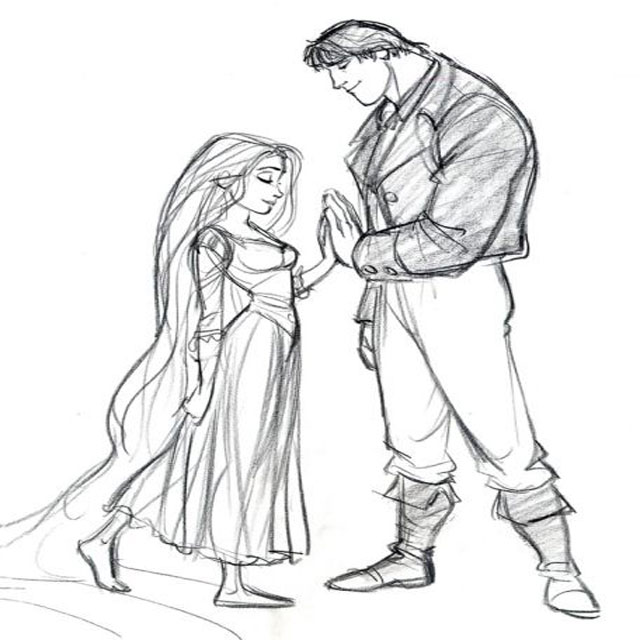
There are many different types of concept art, which is acceptable considering the complexity of an animation or video game. Examples of concept art featuring people, objects, and entire planets are as follows.
Concept Art for Character
Beginning by browsing Pinterest for ideas for this fantasy character concept art piece. As the next step, you can develop the features of the final character by collecting relating photographs. Considering insects as an example, you can illustrate the character’s bust as the final product. By the time the head and chest are done correctly, the rest of the character will evolve naturally.
Concept Art for Equipment
You may create concept art for items like armor, swords, and shields. This kind of art often follows the same procedure. When looking for ideas or resources for the piece’s technical details, many artists firstly consult Pinterest or Google Images. In this case, you can gather pictures of armored coats to conceptualize the final design.
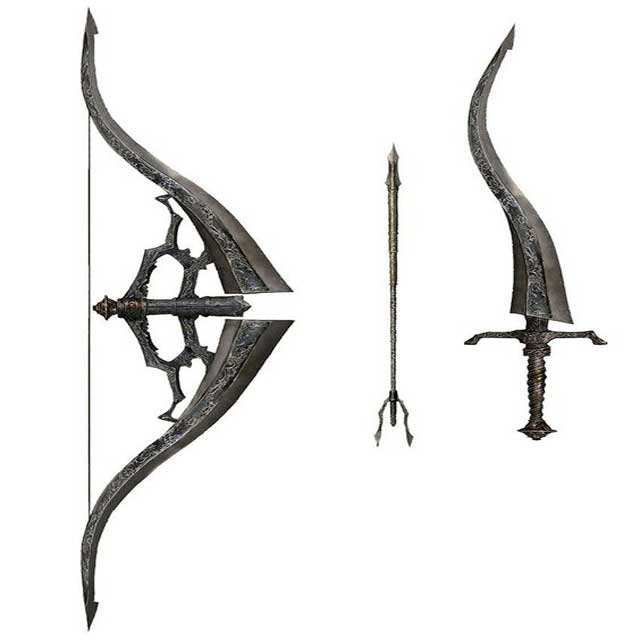
Concept Art for World-Building
“World-building” refers to the combination of narrative, actual world design, and how these different elements fit together realistically. The core of an illustration is world-building. The structure that links the narrative of every element of every visual product is what makes it.
When creating a new universe, artists serve as translators. This could involve effectively conveying the director’s or writer’s vision in your illustration if you’re working in a group. Your objective is to create a unified visual work that attracts your audience by transforming the lore of the world, the mood, and the characters in the illustration services.
Creating entire sets or worlds for animations and video games is a specialty of some concept artists. This can be challenging because even one place can be made up of thousands of tiny details and parts. The first step is writing a written scenario of the environment one wants to create.
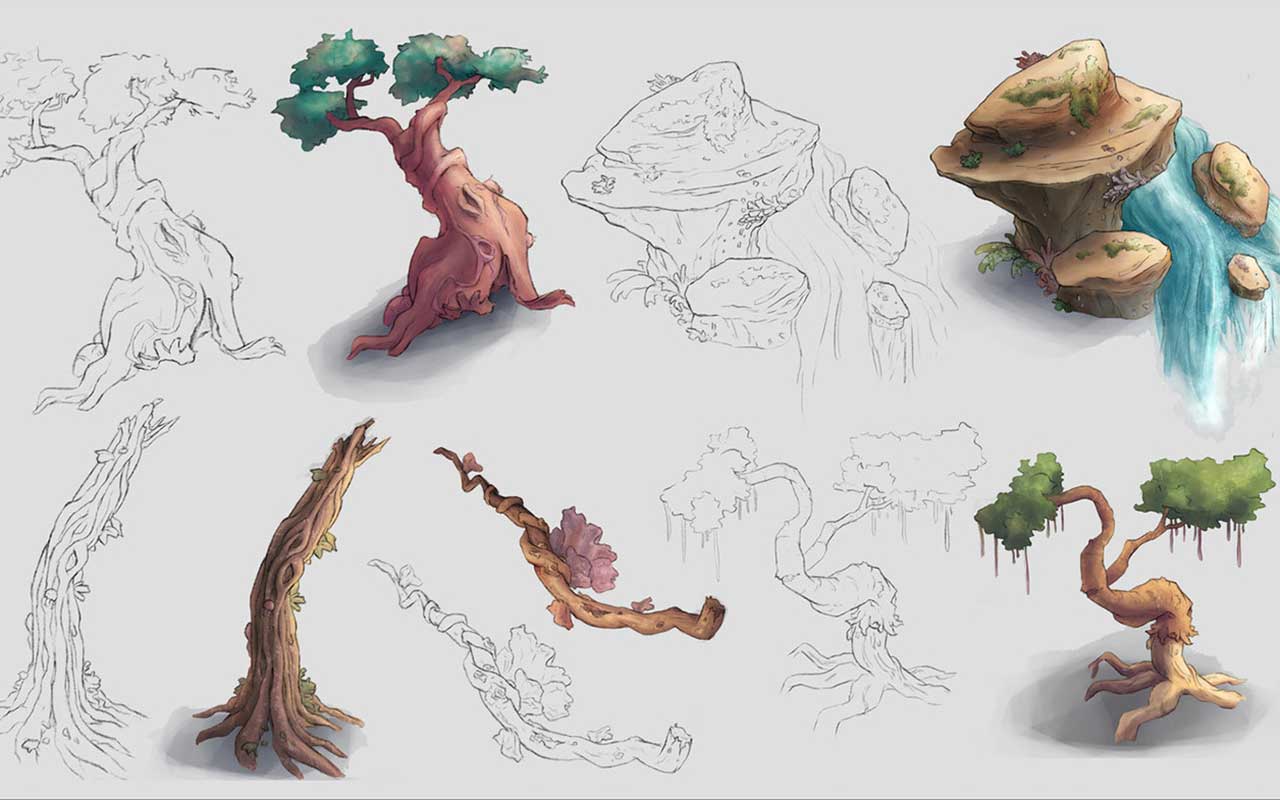
What Does a Concept Artist Do?
A concept artist creates images and character designs that, in sketch form, express the client’s brief. They serve as a guide for other designers to follow while working on the project.
The artwork should start out being simple but precise. One or two designs will usually help put the initial concept into perspective. The 3D animation outsourcing company must be adaptable and conscious of their client’s preferences if they want to represent the general direction of the brief.
The artist might start to build a few rough concepts, known as thumbnails, from that brief. A more complete, detailed image (or “full render”) of the character will finally be produced by the artist as they continue to sketch and perfect it. When the character’s design is complete, the artist will show it from several perspectives or various stances, giving the viewer a full 360-degree view of the character.
When the sketches are complete, the team determines whether the concept has the potential to be animated and whether it is in line with the commissioner’s vision. The client is consulted for final approval and feedback by the designers.
Read More: How Long Does Concept Art Take to Create?
What Are Concept Artists Good at?
Concept artists should have or gain different skills if they want to be a good one in this field. These skills include:
Drawing: create a variety of work, find your style, and have a very high skill level in drawing, painting, or using computer software to make artwork. There are free animation software for animators with which they can improve their final work.
Creativity: Produce creative stuff, such as storyboards, paintings, and graphic designs, that catch the director’s attention.
Communication: Be able to follow instructions and use helpful advice to improve your work.
Animation Knowledge: Have a strong, diverse interest in both live-action and animated works, have knowledge of the animation medium and be aware of how your work will be used.
Freelancing: Find freelance jobs, take care of your finances, have self-motivation, and meet deadlines efficiently.
Have you got most of these skills and still can’t make a good concept artist? Check out this video to figure out why you are not hired as a concept artist.
Concept Art Tools and Software
Concept art has adopted digital technology like much other stuff. More accessible tools like graphics tablets and raster graphics editors for digital painting have made it possible to work more effectively. Prior to this, traditional mediums including oil paintings, acrylic paints, markers, and pencils were used. Many contemporary paint kits aim to mimic color mixing in the same way that paint would on a canvas. As a result, training with traditional mediums is frequently necessary for a concept artist to be successful with painting software.
Popular tools for concept artists include Photoshop and Corel Painter. The others include Manga Studio, Procreate, and ArtRage. Most concept artists have switched to digital media since editing with them is quicker and easier. Many concept projects have short delivery times and strict requirements for a well-polished product.

Concept Art Themes
Concept art has always had to cover a wide range of topics because it has been the primary medium in animation poster creation since long ago. However, the two most extensively covered genres of movies are science fiction and fantasy. Additionally, given its recent application in the design of video games, concept art has expanded to encompass styles ranging from fantasy to realistic, depending on the final result.
Concept Art Styles
Depending on the project’s needs, concept art can be stylistic or lifelike. Artists working on a project frequently switch roles during the initial “blue sky” development period. The possible interpretations are sketches, speed paintings, and 3D overpaints. Later works, like matte paintings, are made as realistically as possible. The studio’s aesthetic is frequently something that concept artists are expected to follow. The ability of a concept artist is highly regarded.
Read More: Concept Art Price Estimation

Final Words
Your animation’s concept art is its heart and soul. Discussing the original visual concepts at the beginning of the project requires effective and clear communication between the artist, the design team, and the client. The animation is in line with the client’s expectations and, more significantly, the final product conveys the message they are trying to send thanks to high-quality concept art and open feedback. To sum up, the first step towards a well-tailored professional animation is concept art, which is the backbone of your animation.
